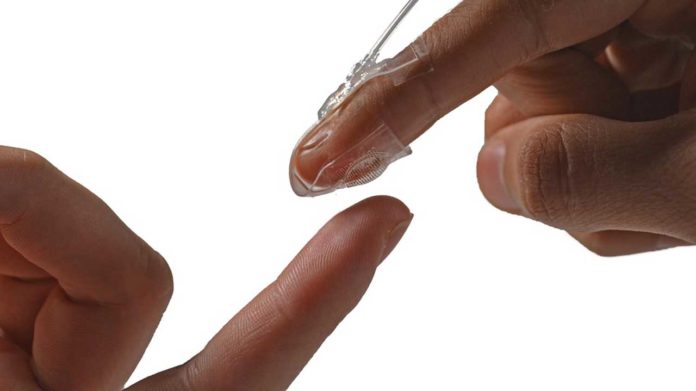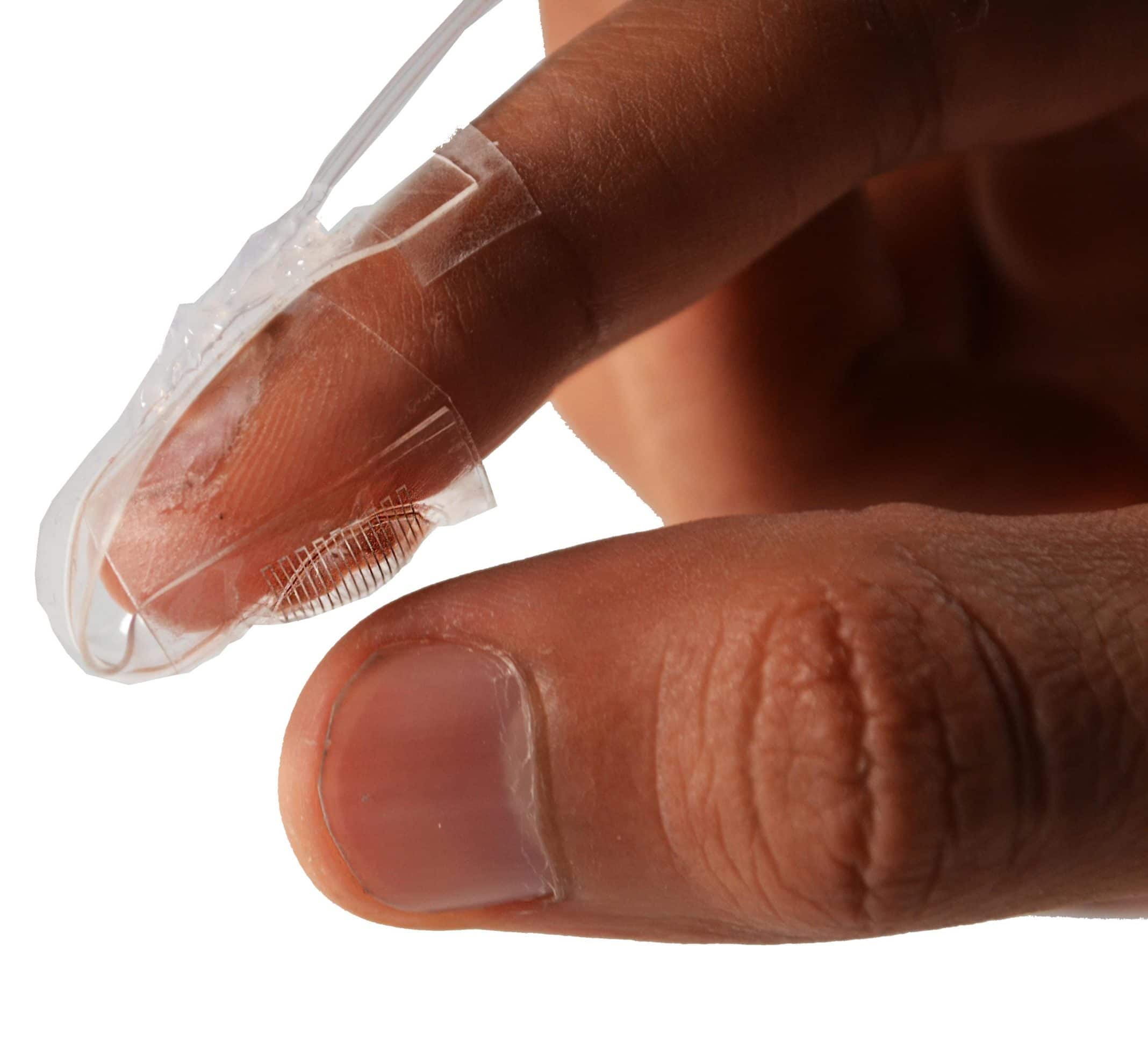Now, for the first time, EPFL scientists have developed an entirely soft artificial skin that provides haptic feedback and also has the potential to adapt to a wearer’s movements instantaneously.
The skin is made from silicone and electrodes and embedded with soft sensors and actuators that enable the artificial surface to fit in with the careful state of a wearer’s wrist, for instance, and give haptic feedback in the form of weight and vibration.
Harshal Sonar, the study’s lead author, said, “This is the first time we have developed an entirely soft artificial skin where both sensors and actuators are integrated. This gives us closed-loop control, which means we can accurately and reliably modulate the vibratory stimulation felt by the user. This is ideal for wearable applications, such as for testing a patient’s proprioception in medical applications.”
The actuators within the skin create a membrane layer which can be inflated by pumping air into it. Also, the actuators can be tuned to varying pressures and frequencies. The surface vibrates when the membrane layer is inflated and deflated rapidly. A sensor layer sits on top of the membrane layer and contains soft electrodes made of a liquid-solid gallium mixture.
These electrodes measure the skin’s deformation consistently and send the data to a microcontroller, which uses this feedback to finetune the sensation transmitted to the wearer in response to the wearer’s movements and changes in external factors.
What’s more, the skin is stretchable up to four times its original length for up to a million cycles. That makes it particularly attractive for several real-world applications.
Sonar said, “The next step will be to develop a fully wearable prototype for applications in rehabilitation and virtual and augmented reality. The prototype will also be tested in neuroscientific studies, where it can be used to stimulate the human body while researchers study dynamic brain activity in magnetic resonance experiments.”
The scientists’ work has just been published in Soft Robotics.

